Cracks in new cedar beam for new gabled roof. Should I be concerned?
christinai03
6 years ago
Featured Answer
Sort by:Oldest
Comments (10)
christinai03
6 years agoRelated Discussions
Loud creaking noise + uneven floor - should I be concerned?
Comments (8)In some parts of the country, houses settle more at certain times of year---in New England where I grew up, for instance, it was the spring/summer when it got hot and humid after cold, dry winters. In California where I live now, it's the winter when the air gets moist. So it might just be normal creaks. However---you can have a foundation/drainage firm (or two, just to cross-check!) come by to take a look. We did this before starting a kitchen remodel to ensure we wouldn't put in pretty new fixtures and walls only to shake them up with any foundation work. If it's not for a buyer/seller inspection, none of the firms where we are charge for the look and estimate. If it's a drainage issue from your neighbor's yard, let them know that they need to fix it. If it isn't a foundation issue and is just normal creaks, you can also fix many of these from below by bracing the problem spot. We have a book on rehabbing old houses with pretty detailed instructions for fixing any dips in flooring or creaky spots...haven't tried it yet, though. Good luck!...See MoreShould I skim coat the old plaster or put on new drywall?
Comments (40)"I don't think you can get a nice finish coat directly on top of the bonding agent. At least I had a difficult time, although perhaps a pro would know how. For me, everything slid around too much while you were trying to work it smooth." Sounds like you are not leaving enough material on the wall, possibly using too much water in the mix, and did not allow the bonding agent to dry enough. The layer is about 1/16 to 1.8 inch thick. The mix for skim coating should be about like peanut butter in consistency. This allows it to be pushed out easily but has enough body to be workable. Bonding agents need to set up to tacky before applying the plaster. The water in the plaster will help it soften again and grab. Use of drywall knives also makes covering large areas even more of a chore than it needs to be. A plasterer's trowel makes short work of covering large areas and produces a smooth finish. It takes some practice to barealy raise the leading edge to obtain a good finish. The trowels with the tiny (3/4 inch diameter) handle are not as good as ones with a decent (~1.5 inch) grip diameter....See MoreDo I need an architect and a whole new roof for addition?
Comments (9)I wish there was a simple, clear answer as to whether or not you need an architect or engineer, or whether a general contractor could handle your situation. It all depends on what you want and need. If design and aesthetics are important; if there are complexities or uncertainties about the exterior appearance (such as a complex roof) and/or the options for interior existing and new layouts; if there are questions about HVAC, water/plumbing, electrical, sanitary/soil lines--then you may need a design professional such as an architect. In other words, if you feel that there may be a lot analysis, review of options and you have some very special concerns or requirements, then you need professional design advice from an architect or experienced house designer. On the other hand, if everything is reasonably clear and simple; if needs, wants and existing conditions are visible and understandable, then an experience builder could probably respond to your situation. Another option is an experienced, residential remodel design-build firm which has in-house design and construction expertise. Have you checked with your jurisdiction to see what kinds of permits, drawings and approvals may be needed for your project? It's possible that your local jurisdiction has requirements as to who is required to perform services mandated by the jurisdiction. I'd contact them ASAP for this info, if you haven't already. Good luck with your project!...See MoreHow worried should I be? (New Construction, Picture Heavy)
Comments (118)The structural engineer said they fixed all the issues so I closed on the house on Feb 1st. Structurally I have confidence in the home as it was looked over by a very meticulous city inspector as well as a structural engineer who did end up finding some things on top of what the city inspector found. The finishing work on the inside was done very poorly however. I blue taped the hell out of the house during the walk through. There were paint runs on the trim pieces and stair railing. There are some arched and crooked ceilings where they should be flat. My hardwood floor creaks because it is not flat in some areas. There's a blue halo on the ceiling where it meets the walls, might be from the painters tape. I had a toilet that felt too close to the side wall and there was plenty of room to move it over a few inches. There's too many cosmetic issues to list but I blue taped them all. They fixed few of the cosmetic issues but removed all the blue taped. They said I had to close because they had the certificate of occupancy. They said any remaining issues would be taken care of under the home warranty. Many of the cosmetic issues I can learn to fix myself and I know I'd do a much better job than what they would do. Some other issues however I'm trying to get fixed through them. Like the toilet being too close to the wall, I came to find out there's a code requirement for how close it can be to a finished wall and mine was closer than code. The builder tried to tell me the distance was measured from the studs and not the finished wall but I had already looked into this heavily and knew it was from the finished wall. He agreed to move it 1.5 inches which brings it within code. I'm not sure what to do about my hardwood not being flat. The house is level from one end to the other but within that there are high and low points. The variance is between 1/4 inch to 1/3 inch in a 2-3 foot space and is noticeable without a leveler. The builder says this is "industry standard" and normal. I might be able to get it fixed if I prove it's not, but not sure how to go about that. Are there inspectors I can hire? Would I go with this builder and do it all over again? Definitely not. And they probably wouldn't want another home buyer like me I'd imagine....See Morechristinai03
6 years agoBeth H. :
6 years agoSteve Tracy
6 years agochristinai03
6 years agoGN Builders L.L.C
6 years agoroof35
6 years agovinmarks
6 years agochristinai03
6 years ago
Related Stories
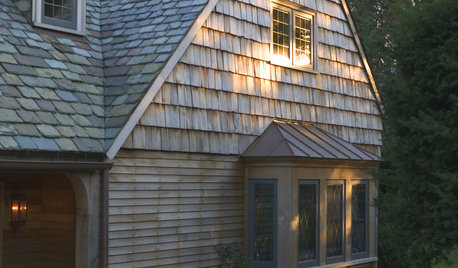
EXTERIORSRoofing Materials: Slate Makes for Fireproof Roofs That Last
It stands up to weather and fire without losing its high-end look. But can your budget handle it?
Full Story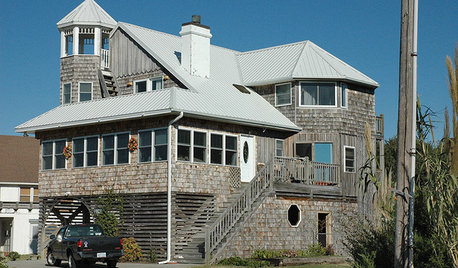
REMODELING GUIDES8 Ecofriendly Roof Options for Low Budgets and Up
Save resources with a cooling or sustainable roof or add-on that looks great and fits your price range
Full Story
ARCHITECTUREDesign Workshop: The Shed Roof
This popular — and versatile — form straddles the divide between contemporary and traditional styles
Full Story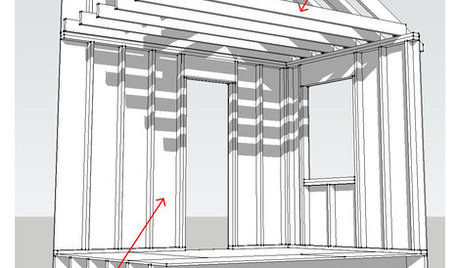
KNOW YOUR HOUSEKnow Your House: Components of a Roof
Don't get held up by confusion over trusses, rafters and purlins. Learn about a roof's features and their purposes here
Full Story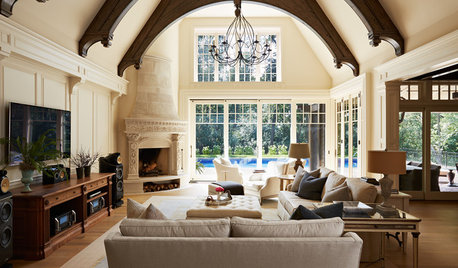
HOUZZ TOURSHouzz Tour: English Gables Meet Parisian Chic in Minnesota
This suburban home blends English style on the outside with French country decor inside
Full Story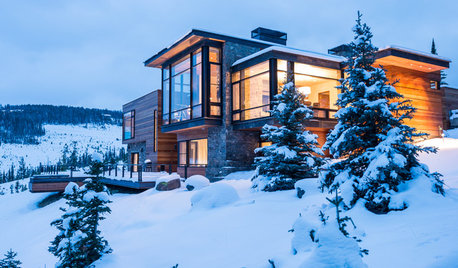
ARCHITECTUREHave Your Flat Roof and Your Snow Too
Laboring under the delusion that flat roofs are leaky, expensive and a pain to maintain? Find out the truth here
Full Story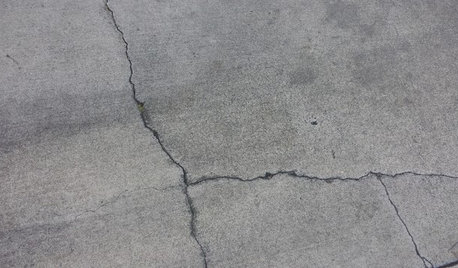
CONCRETEWhy Concrete Wants to Crack
We look at the reasons concrete has a tendency to crack — and what you can do to help control it
Full Story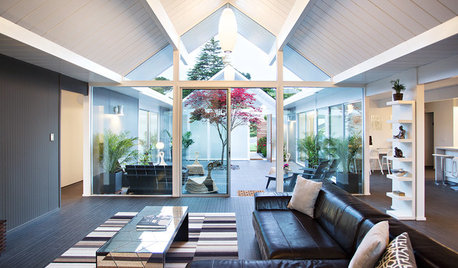
HOUZZ TVHouzz TV: Reinvigorating a Gable Eichler for a Family
Its classic open atrium remains, but updates help this California home meet today’s codes and quality standards
Full Story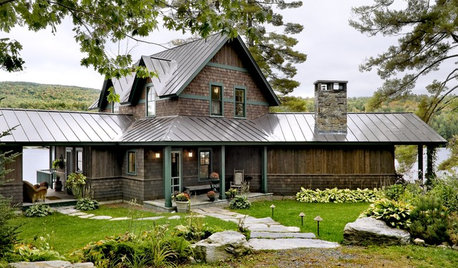
REMODELING GUIDESMaterials: The Advantages of a Metal Roof
Metal reigns in roofing style, maintenance and energy efficiency
Full Story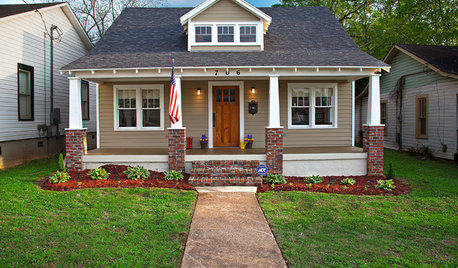
MATERIALSThe Most Popular Roofing Material is Affordable and Easy to Install
Asphalt shingles, the most widely used roof material in the U.S. are reliable and efficient, and may be right for you
Full Story


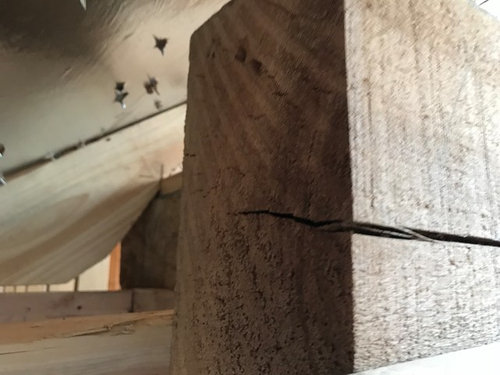
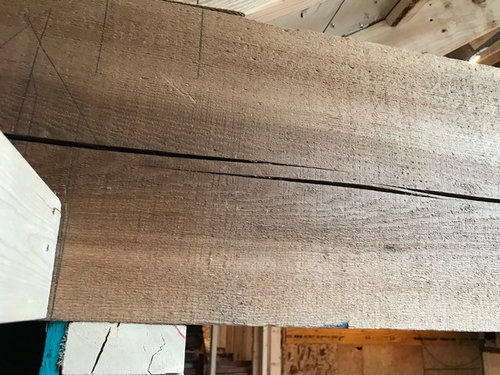


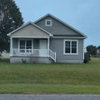


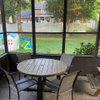
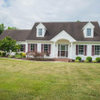
HALLETT & Co.